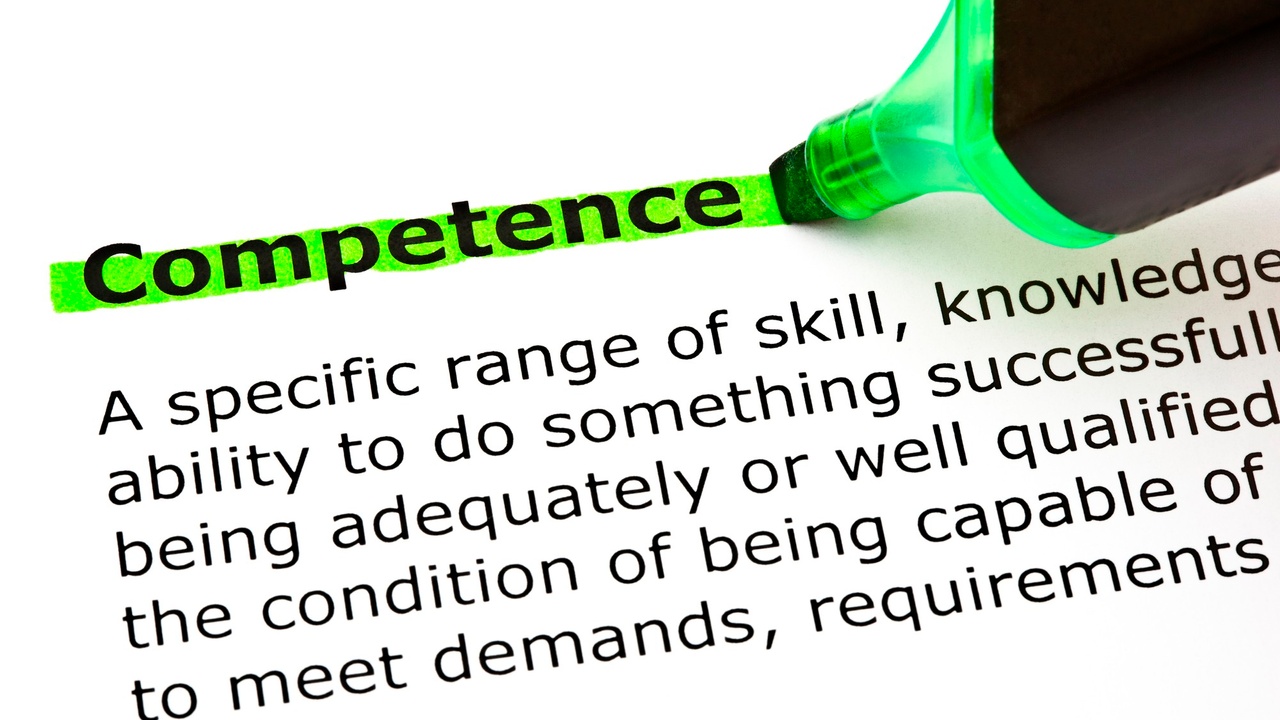
Businesses run on processes, whether they are defined or not. Good business owners take the time to develop and document their processes.
As your company grows and more employees are involved, it can become increasingly challenging to keep everyone on the same page.
Having a foundation of solid processes will help your employees understand the expectations. This allows them to do things in a consistent and efficient manner. And if the process affects your customers, it will lead to a better customer experience.
What is a business process?
A business process is a set of tasks or actions taken to produce a desired result. It is designed to be repeatable by anyone, ensuring consistency and predictability in output.
Every business activity can be turned into a structured process.
Let's say you're looking to hire a new employee. You can start by writing down the steps needed that would define a hiring process. At a high level, these could include:
- writing the job description
- placing a recruiting ad
- reviewing resumes
- arranging interviews
- completing the necessary paperwork
The next time you need to hire an employee, or need to train someone on how to hire an employee, you can refer to your hiring process to make the job easier.
Business processes help maintain standards across a business so that employees and customers know what to expect.
Why bother with processes?
Some small-business owners and entrepreneurs think that business processes are something that only big companies use. But whether you have 5 employees or 500, there's no denying that processes help people perform better at their jobs.
Processes help simplify employee training. Without a clear plan of action, your employees might spend a lot of time and resources trying to do something the way they think it should be done rather than the way you want it done.
A business process provides the best practices for a particular situation and ensures that everyone knows what to do every single time.
You can use processes to improve quality control. By identifying each step in the process, you can easily retrace your steps and pinpoint where and when a mistake was made. This provides you the opportunity to make the necessary changes to ensure it doesn’t happen again.
Processes are also an effective tool for implementing new policies across an organization. You can create a new process or update existing ones to help achieve your new goals.
Let's say you want to set your new employees up for success. An onboarding process gives them the tools and information they need to become more productive and successful at their job.
Finally, clear-cut processes allow you to focus on higher-level tasks. Far too often, we can find ourselves bogged down by small details. By establishing clear and understandable processes, you can allow employees to do their job without needing to explain the same things over and over. Everyone is more efficient and this allows you to focus on activities to grow your business.
How do I develop a process?
Now that we've established that processes are an essential component of operational consistency, which in turn helps drive growth, it’s time to start developing processes for your own business.
As your company takes on more people and responsibilities, processes give your employees a road map for solving problems and responding to different scenarios. Use this 6-step guide (or process) to develop your own effective business processes.
Step 1: Define the issue
A process works best if it's designed to produce one outcome or solve a single problem. Start by identifying one issue that currently affects your business.
Once you've identified the issue, think about how you could improve on the outcome. Maybe you want to reduce the turnaround time, use fewer resources, or improve the quality.
Step 2: Identify the end goal
The business process should follow your goals, not the other way around. Ideally, your goals should be specific and measurable. That way, you'll know if your process is working. You'll also need to set a reasonable time frame for completion.
Step 3: List the tasks needed to produce the outcome
Now's the time to create the sequence of tasks needed to realize the outcome. A simple business process usually has a single sequence of tasks while a more complex one may involve multiple intersecting sequences.
List out the steps, one at a time.
Step 4: Create a process map
Start by writing each task on a Post-It note or whiteboard and place them in order. This should give you a better idea of the existing workflow and how each task gets you closer to the desired outcome.
Keep in mind that you don’t necessarily want to just document the steps as they occur today. Instead, use the opportunity to make changes where they are needed to maximize efficiency. Maybe there are tasks in the sequence you can consolidate or remove to speed things up. Look for any unnecessary steps that can bottleneck the process.
Don't forget to include other people when developing a process. Employees who actually do the work can often share valuable insights or point out things you missed the first time around.
Step 5: Implement, monitor, and revise
Once the new process has been completed, it's time to implement it.
Share the new process flow with all relevant team members, train them on the process, and help them understand the goal of the process.
It's also important to ask for feedback from employees assigned to the process as it unfolds. They can confirm which steps work well and which ones may need to be improved on.
Processes aren't meant to be set in stone for life. Ideally, as your business evolves, your processes will evolve too.
Step 6: Create a version code for your process
Updates to processes need to be controlled. Otherwise, you can find an employee working on an old version of a given process.
Version codes allow you to track the changes to your business processes..
For instance, you can call the first iteration of a process, “Version 1.0.” Every subsequent update will warrant a change in version code as well. (e.g. version 1.1, 1.2, etc.).
Another option is to simply apply a date to your process reflective of the date it was approved.
Either way, the key is to be able to quickly look at a process and be able to confirm that it is the current version.
The bottom line
Processes are the backbone of any successful business. They lead to consistency, lower costs, and increased efficiency across the organization.
Do you need help developing processes for your business?
Let’s talk. Book a free Discovery Call
Get Strategies, Tips, & Tactics
Subscribe to the Acreman Business Roundup and get weekly updates that will help you grow your business and build the lifestyle of your dreams.
We hate SPAM. We will never sell your information, for any reason.






